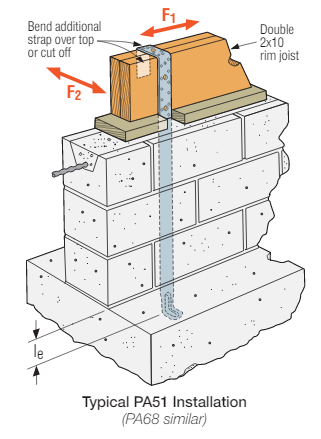KootK
Structural
- Oct 16, 2001
- 18,574
I've got some wood shear walls coming down on parallel masonry basement walls. I have the following questions:
1) What are some good tie-down connector options for this scenario?
2) Is there anything unusual to be worried about with masonry? I kinda have this picture in my head of the tie down yanking the upper courses of the block away from the rest.
I like to debate structural engineering theory -- a lot. If I challenge you on something, know that I'm doing so because I respect your opinion enough to either change it or adopt it.
1) What are some good tie-down connector options for this scenario?
2) Is there anything unusual to be worried about with masonry? I kinda have this picture in my head of the tie down yanking the upper courses of the block away from the rest.
I like to debate structural engineering theory -- a lot. If I challenge you on something, know that I'm doing so because I respect your opinion enough to either change it or adopt it.



